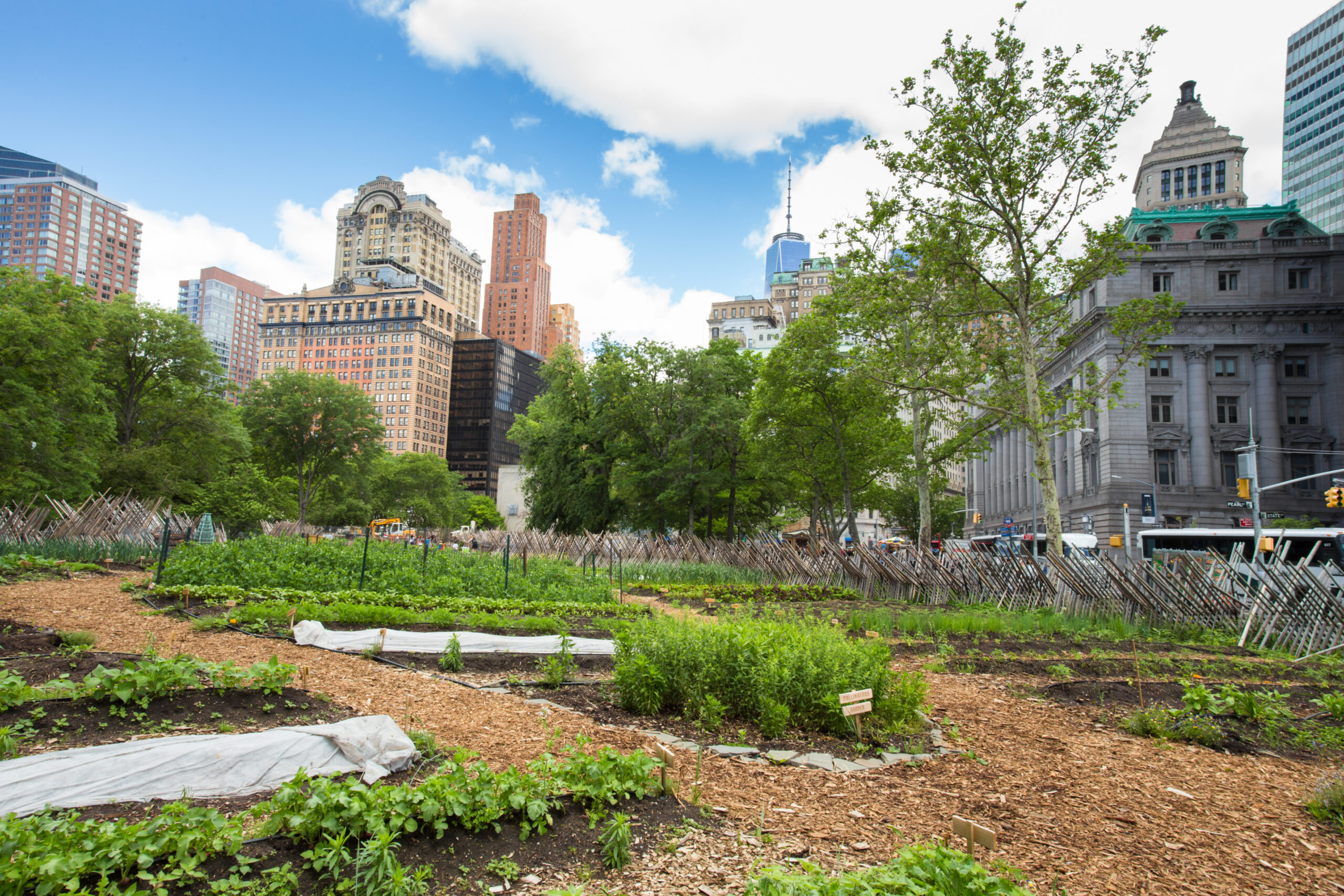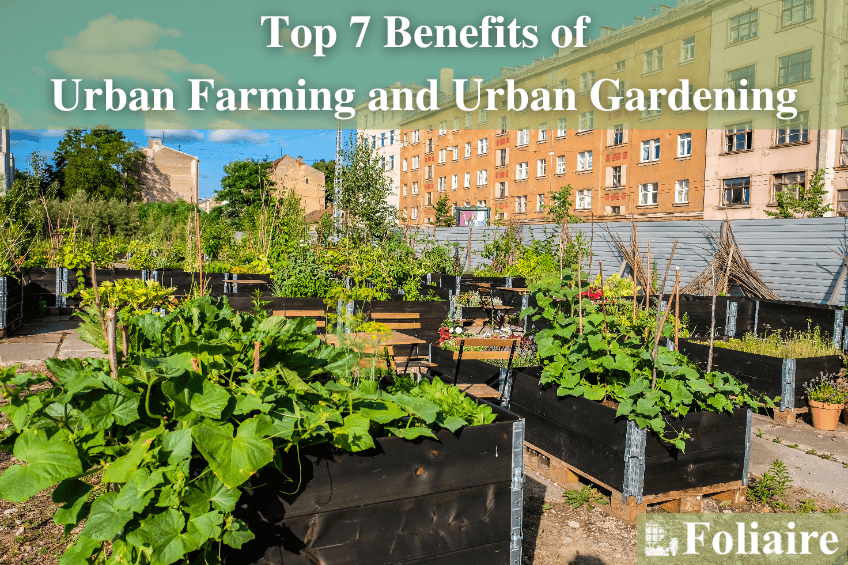The smart Trick of City Blooming That Nobody is Talking About
The smart Trick of City Blooming That Nobody is Talking About
Blog Article
The smart Trick of City Blooming That Nobody is Discussing
Table of ContentsThe smart Trick of City Blooming That Nobody is DiscussingNot known Facts About City Blooming10 Easy Facts About City Blooming DescribedThe 2-Minute Rule for City BloomingSome Known Details About City Blooming
Interested in growing food available for sale in the City of Chicago? Considering starting a community garden? Changes to the Chicago Zoning Regulation enable farming uses like community gardens and metropolitan ranches in several parts of the city. Below is a list of often asked questions regarding the regulations and guidelines that growers need to consider when intending an urban farming job.
The zoning change does not modify any kind of various other codes managing composting, structure licenses, acquiring or leasing City possessed residential or commercial property, organization licenses or environmental contamination. There are existing codes that manage these issues and they remain in complete effect and may be applicable to your job. Area gardens are generally owned or taken care of by public entities, public organizations or community-based companies and kept by volunteers.
Urban farms grow food that is meant to be offered, either on a not-for-profit or for-profit basis. Due to their commercial purpose, city farms need an organization certificate.
The Facts About City Blooming Uncovered
Composting is permitted but only for plant material that is produced and utilized on site. The amount of compost material can not exceed 25 cubic yards at any offered time according to the standards in 7-28-715 of the City's Municipal Code. Yes. Because the soil at a lot of new garden websites requires changing, compost, dirt, wood chips, or various other products can be gotten to create or boost the expanding room - balcony and patio garden design.

If a structure permit is required then the hoophouse will be taken into consideration an accessory structure. You can learn even more regarding the building permit needs by getting in touch with the Department of Buildings. The 25,000-square-foot size restriction is intended to stop a single community yard from controling an offered block or taking away from the block's existing residential or industrial personality.
The limit does not use to gardens found in Public Open Space (POS) districts. Can there be more than one community yard that is 25,000 square feet on a single block? Fence is not needed, nevertheless, yards that have huge auto parking locations may be called for to set up secure fencing or various other landscape design functions.
Everything about City Blooming
B1 & B2 districts require that all commercial use activities be conducted inside. R areas limit commercial activity. The guidelines mirror the purpose and intent of the Zoning Code. Is fencing required for urban farms? Yes. Fences may be called for, along with landscape design and testing, for sure parking areas and outdoor job or storage locations depending on area and the specific activity taking place.
Yes. Urban farms need structure licenses and zoning approvals prior to construction. Other forms of city review might be required relying on certain frameworks, activities, dimension, landscape design, licensing, public heath and stormwater management issues. A number of these needs are determined in the task style or allowing procedure, however, the applicant may be responsible to individually identify specific licenses or allows that may be called for.
Yes. The kind of license is determined by what is happening at the site. The Department of Business Affairs and Customer Defense can help establish the details kind of service license that's called for. Yes. Off street auto parking is required for a lot of business jobs in Chicago. The called for variety of garage is based upon the variety of staff members dealing with site and not the square video footage of the his response expanding room.
Fascination About City Blooming

Yes. A city farm can sell garden compost product produced on site, nevertheless, the procedure has to follow the policies in 7-28-715 of the Chicago Municipal Code. Yes. Aquaponic systems are enabled inside on city ranches in many zoning areas. A zoning evaluation and building permit is required in order to install frameworks or systems and an organization license is needed as defined over.
As much as 5 hives or colonies of honey might be maintained as an accessory usage. Nonetheless, beekeepers have to register with the Illinois Division of Agriculture. For more details concerning the recommended zoning amendment you might speak to the Department of Housing and Economic Development, Bureau of Preparation and Zoning at 312.744.8563.
, which takes location in rural areas at the side of residential areas.
The Best Guide To City Blooming
It can entail a movement of natural cultivators, "foodies" and "locavores", who look for to form social networks founded on a common principles of nature and area holism. These networks can create using official institutional support, becoming incorporated into neighborhood town as a "transition town" movement for sustainable city advancement.
The extra direct access to fresh vegetable, fruit, and meat products that may be know via urban farming can improve food safety and food security while lowering food miles, resulting in lower greenhouse gas discharges, thus adding to environment adjustment mitigation. A few of the very first evidence of metropolitan agriculture originates from Mesopotamia.
Report this page